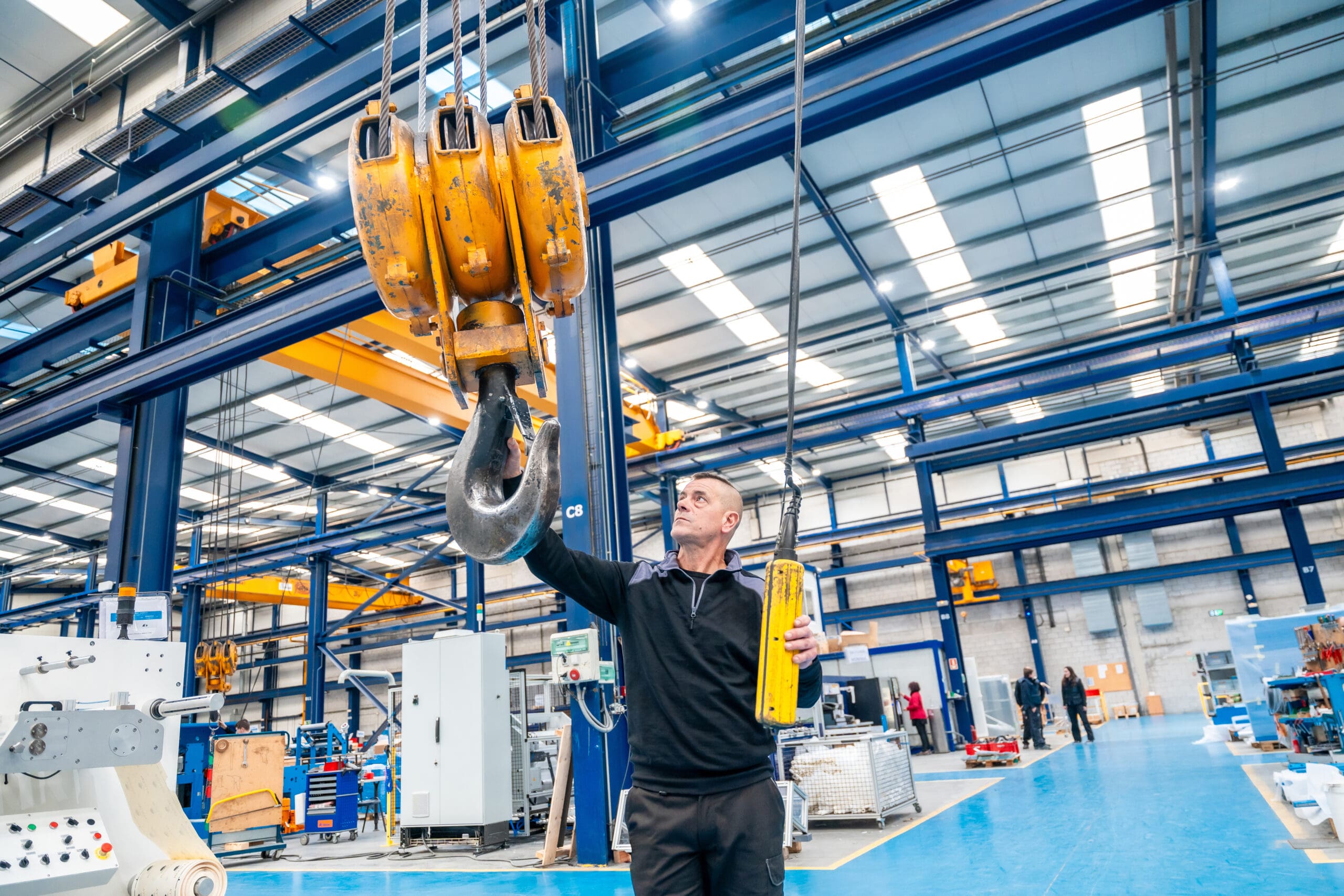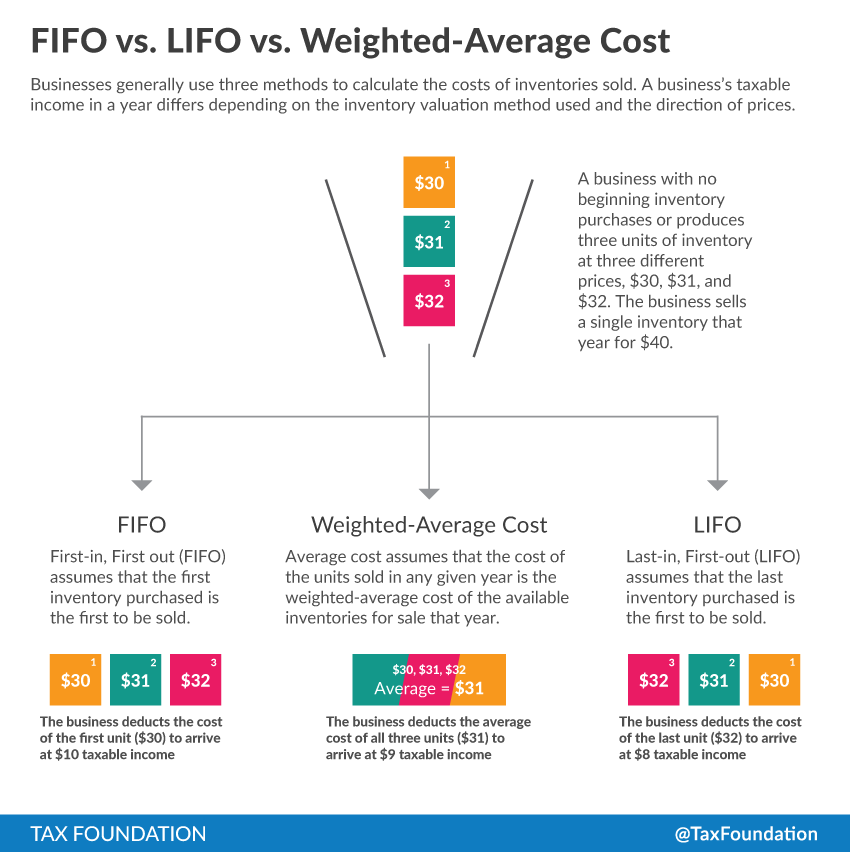Tax Cuts and Jobs Act Expensing: Cost Recovery Analysis
Note: This post is part of a series exploring the upcoming TaxA tax is a mandatory payment or charge collected by local, state, and national governments from individuals or businesses to cover the costs of general government services, goods, and activities.
Cuts and Jobs Act (TCJA) expirations. Explore our related research.
The 2016 House GOP blueprint, effectively the first draft of the Tax Cuts and Jobs Act (TCJA), provided full expensingFull expensing allows businesses to immediately deduct the full cost of certain investments in new or improved technology, equipment, or buildings. It alleviates a bias in the tax code and incentivizes companies to invest more, which, in the long run, raises worker productivity, boosts wages, and creates more jobs.
for all capital investment. However, the final law stopped well short of this ideal: it enacted expensing for investment in short-lived assets only temporarily, did not improve the tax treatment of structures investment, and ultimately worsened the tax treatment of research and development (R&D). What happened?
Why Expensing Matters
Allowing companies to fully deduct capital investment is a powerful pro-growth tax policy. It eliminates a tax bias against capital investment and provides more economic growth per dollar of tax revenue lost than any other policy option. Removing tax policy barriers to investment can help businesses invest, create jobs, and lift the economy while simplifying the tax system.
What Did the TCJA Do?
The Tax Cuts and Jobs Act introduced 100 percent bonus depreciationBonus depreciation allows firms to deduct a larger portion of certain “short-lived” investments in new or improved technology, equipment, or buildings in the first year. Allowing businesses to write off more investments partially alleviates a bias in the tax code and incentivizes companies to invest more, which, in the long run, raises worker productivity, boosts wages, and creates more jobs.
for short-lived assets, from September 27, 2017, until January 1, 2023. Starting in 2023, bonus depreciationDepreciation is a measurement of the “useful life” of a business asset, such as machinery or a factory, to determine the multiyear period over which the cost of that asset can be deducted from taxable income. Instead of allowing businesses to deduct the cost of investments immediately (i.e., full expensing), depreciation requires deductions to be taken over time, reducing their value and discouraging investment.
declines by 20 percentage points each year, so 80 percent bonus depreciation in 2023, 60 percent bonus depreciation in 2024, 40 percent bonus depreciation in 2025, and 20 percent bonus depreciation in 2026. According to our estimate of a counterfactual 2018, companies would have been able to deduct 76 percent of their investment costs in real terms if bonus depreciation were not part of the tax code. Instead, thanks to bonus depreciation, businesses were able to deduct 84 percent of new investment in 2018—a 7.6 percentage point improvement.
The TCJA also introduced R&D amortization. Before R&D amortization took effect at the beginning of 2022, companies could fully deduct their R&D costs in the year incurred. With R&D amortization, companies must spread deductions for domestic R&D investment out over five years and deductions for R&D performed abroad over 15 years, reducing the real value of those deductions due to inflationInflation is when the general price of goods and services increases across the economy, reducing the purchasing power of a currency and the value of certain assets. The same paycheck covers less goods, services, and bills. It is sometimes referred to as a “hidden tax,” as it leaves taxpayers less well-off due to higher costs and “bracket creep,” while increasing the government’s spending power.
and the time value of money.
Why Was Expensing for Equipment and Machinery Temporary?
On the winding road to the TCJA’s passage, full expensing for all capital investment was left by the wayside relatively early. While the 2016 House GOP blueprint called for permanent full expensing for all capital investment, the “Big Six” tax reform framework released in September 2017 (the next iteration of tax reform) only called for expensing for short-lived assets for “at least five years.” That aspect of the Big Six framework would continue (mostly) unchanged for the remainder of the tax reform process.
Fiscal costs are a large part of why expensing was made temporary. The law’s architects were working within a specific fiscal framework, where they could not increase the deficit by more than $1.5 trillion over 10 years. By phasing full expensing out midway through the budget window, the authors reduced the deficit impact of the policy at the expense of long-run growth incentives.
Additionally, bonus depreciation has often been a temporary policy. Since 2001, the percentage of short-lived investment that can be immediately deducted has fluctuated year to year. Fifty percent bonus depreciation was enacted in the 2003 Bush tax cuts (up from 30 percent) for three years and was temporarily reintroduced from 2008 to 2010 in several different Great RecessionA recession is a significant and sustained decline in the economy. Typically, a recession lasts longer than six months, but recovery from a recession can take a few years.
-related stimulus packages. In late 2010, 100 percent bonus depreciation was introduced for the remainder of 2010 and 2011. From 2012 to 2017, 50 percent bonus depreciation was temporarily extended several times. Establishing 100 percent bonus depreciation for five years, while temporary, provided more stability than the status quo did.
Why Wasn’t Expensing Extended to Structures?
Much like the reasoning for having 100 percent bonus depreciation expire, one reason for not extending expensing to structures was fiscal cost. Today, taxpayers must depreciate the cost of a residential structure over 27.5 years and commercial structures over 39 years. In real terms, taxpayers can only deduct a limited percent of their investment costs—54.6 percent for residential structures and 44.3 percent for nonresidential structures, assuming a 3 percent discount rate and 2 percent inflation rate.
Accordingly, moving from long cost recoveryCost recovery is the ability of businesses to recover (deduct) the costs of their investments. It plays an important role in defining a business’ tax base and can impact investment decisions. When businesses cannot fully deduct capital expenditures, they spend less on capital, which reduces worker’s productivity and wages.
schedules for structures to full expensing provides a substantial increase in investment incentives and economic growth. However, it also comes with a large upfront cost as it moves a significant amount of deductions that would take place outside of the budget window into the budget window.
Another wrinkle in the policy debate contributed to the ultimate decision to exclude expensing for structures from the TCJA. The Real Estate Roundtable, an industry group representing real estate, opposed expensing for structures in 2017, raising concerns that the tax provision would lead to overbuilding and tax-motivated investment.
The primary historical example driving these concerns is the 1980s real estate boom. According to the expensing-skeptical view, dramatically accelerated cost recovery for investment in structures passed in the Economic Recovery Tax Act of 1981 (ERTA) effectively drove the tax rate on certain forms of real estate investment below zero, driving excessive and unproductive tax-motivated investment in various structures. However, the focus on improved cost recovery for structures is a mistake. To the extent tax-driven overbuilding happened, it was driven by the interaction of several different policies, from passive loss deductions to interest deductions, many of which have been eliminated or significantly limited since the early 1980s. Furthermore, ever since the Tax Reform Act of 1986 reversed accelerated cost recovery for structures, we have experienced underbuilding, particularly in multifamily housing, not overbuilding.
Nevertheless, the combination of the significant upfront fiscal cost and the concerns from the real estate industry meant the TCJA largely left in place the long cost recovery periods for structures: 27.5 years for residential rental property and 39 years for commercial real estate investment. However, the TCJA permitted real estate and farming businesses to elect out of the 163(j) interest limitation created under the new law, providing that any commercial, residential rental, and qualified improvement property be depreciated under the even less favorable Alternative Depreciation System (ADS) recovery periods. The TCJA shortened the ADS recovery period for residential rental property from 40 years to 30 years, while the ADS recovery period for commercial real estate property remained at 40 years.
Why Amortize R&D?
By enacting expensing for only five years, and limiting it to only short-lived assets, policymakers made smaller improvements to the tax code than originally envisioned in the 2016 House blueprint. But the smaller improvements were improvements nonetheless. In the case of the amortization of R&D costs, policymakers actively made the tax code worse.
The idea of amortizing R&D expenses over five years was introduced later in the legislative process to bring the overall cost of the bill down. The thought process at the time was that amortization would not take effect because future policymakers would extend R&D expensing before 2022. However, that day came and went, and in 2024, amortization for R&D remains in effect.
Lawmakers are currently considering temporarily and retroactively providing R&D expensing for domestic R&D investment in 2022 and 2023 as well as for 2024 and 2025 under the Wyden-Smith bipartisan tax deal. However, the Wyden-Smith deal ignores foreign R&D investment, which must be deducted over 15 years. One might think improved cost recovery for outbound foreign investment would not matter for Americans, but foreign investment has spillover benefits for American workers of foreign-investing firms, and penalizing U.S. companies for their foreign R&D investment makes it more likely that non-U.S. companies will snap up those international investment opportunities.
What to Do in 2025?
The ideal policy option for cost recovery would be full expensing for all capital investment. Full expensing across the board would remove the tax bias against capital investment and the tax bias between different types of assets. Furthermore, it would simplify the tax code, removing the process of cost segregation used to determine which assets are eligible for which cost recovery schedule.
However, much like in 2017, the fiscal cost of full expensing across the board—$1.7 trillion over 10 years—might make lawmakers balk. In terms of intermediate options, returning to R&D expensing and 100 percent bonus depreciation would be a substantial improvement, particularly on a permanent basis.
The cost of expensing for structures may still be a big ask. But one option to avoid the short-run budget hit of expensing for structures would be to introduce neutral cost recovery for structures (NCRS). Under NCRS, taxpayers would still spread deductions for residential and nonresidential structures over 27.5 and 39 years, respectively, but the deductions would be adjusted for inflation and the time value of money, resulting in economically equivalent tax treatment to expensing.
As lawmakers consider which policies to prioritize in the upcoming tax policy debates, better cost recovery for all investment should be top of mind.
Stay informed on the tax policies impacting you.
Subscribe to get insights from our trusted experts delivered straight to your inbox.
Subscribe
Share






